Optimizing Cloud Costs: A Comprehensive Guide
 AutOps
AutOps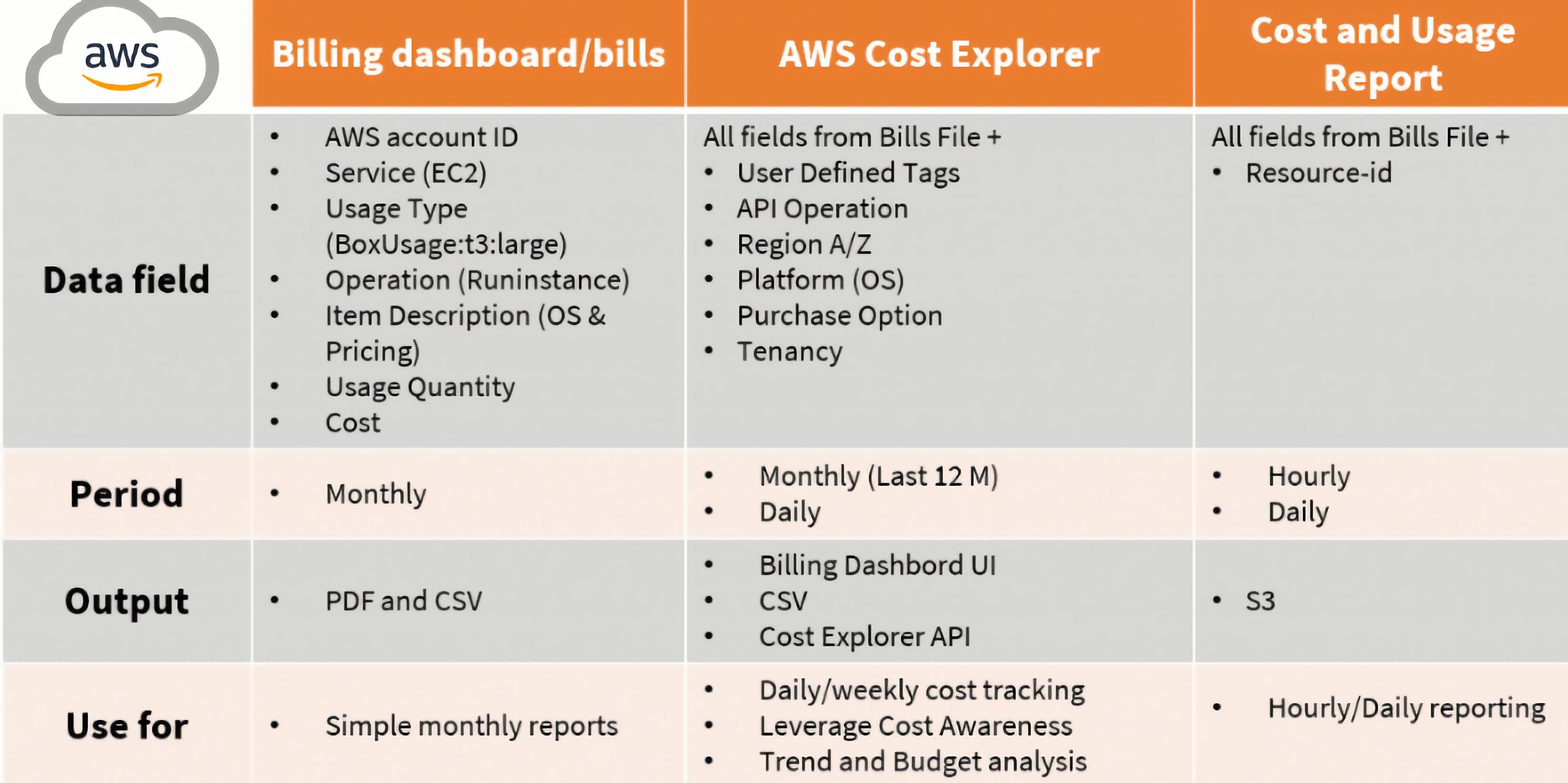
Author: Ujwal Pachghare 🌟
⚫Introduction
In the era of digital transformation, cloud computing has become a vital component of businesses globally; however, many organisations still struggle to properly manage cloud costs. This article presents a step-by-step method for understanding and optimizing your cloud expenditures.
1. Accessing Cloud Cost and Usage Reports
The first step in cost optimization is identifying where your charges are coming from. This will provide you with a thorough snapshot of your cloud spending.
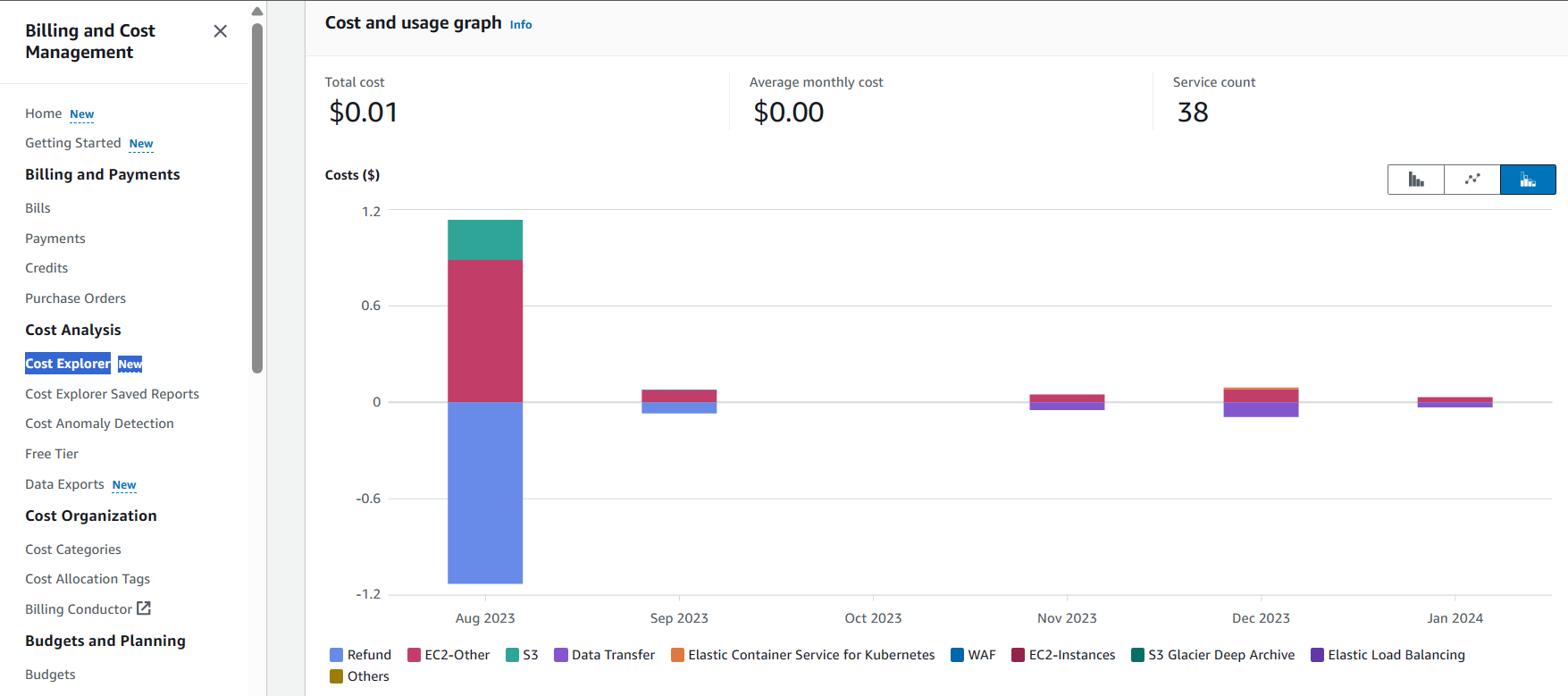
2. Identifying Cost-Intensive Resources and Services
The next step is to examine the report's cost breakdown section to determine which resources are the most expensive. Examples of high-cost resources include virtual machines, storage, networking, and database services. Understanding these costs will allow you to better target your optimization efforts.
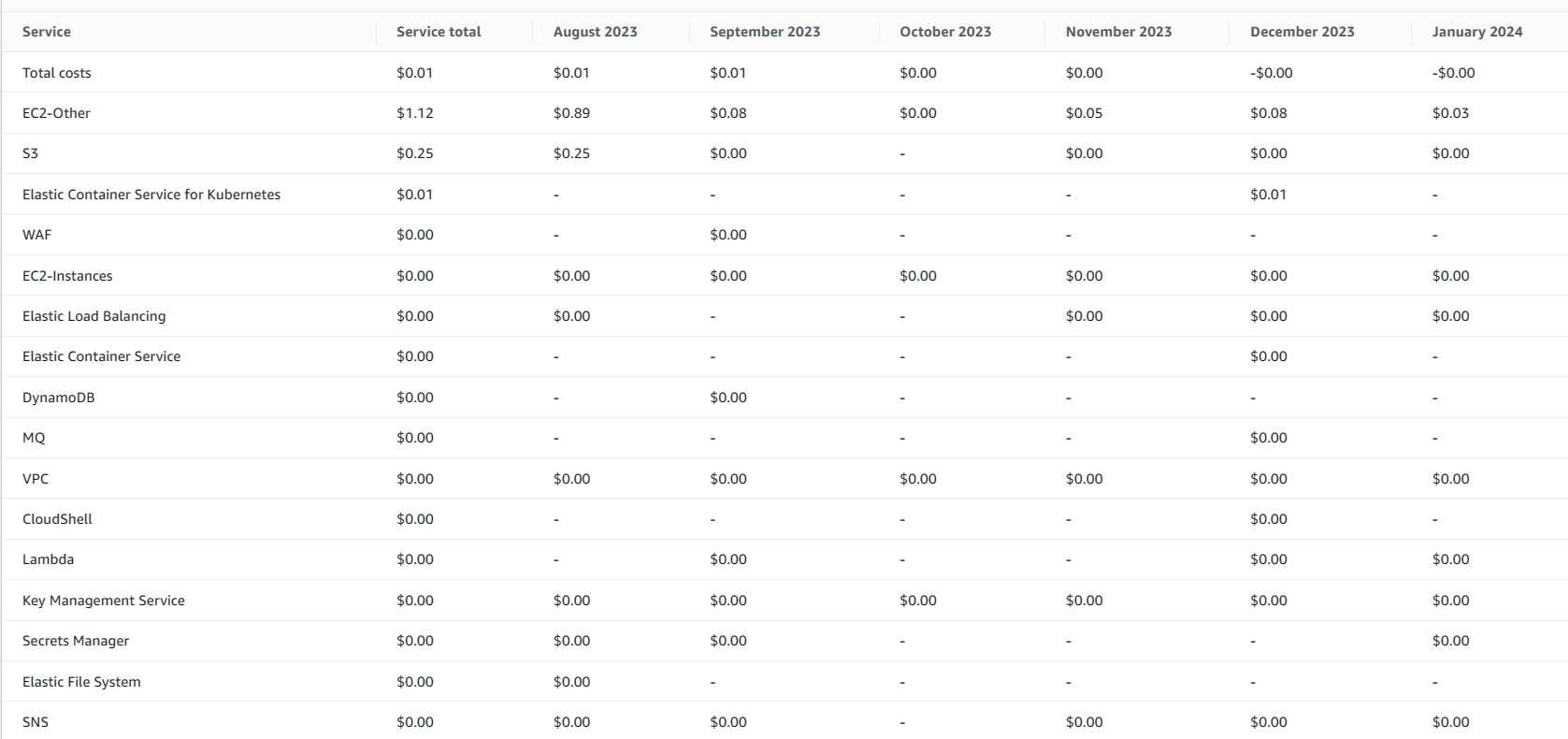
3. Implementing Cost-Saving Measures
I. Instance Resizing
Over-provisioned instances are a common source of overspending; determining whether instances are larger than needed for their workload and downsizing them to a size that meets their real requirements can result in substantial cost savings.
II. Spot Instances
If your workloads can stand interruptions, try adopting spot instances, which provide computing capacity at a lower cost, making them appropriate for non-critical workloads. Keep track of the cost reductions and look into spot instance commitment alternatives to further optimize expenses.
III. Auto-Scaling Configurations
Review your auto-scaling policies and make adjustments to scale resources based on actual demand. Optimising auto-scaling rules can assist minimize over-provisioning during low-demand periods, resulting in cost savings.
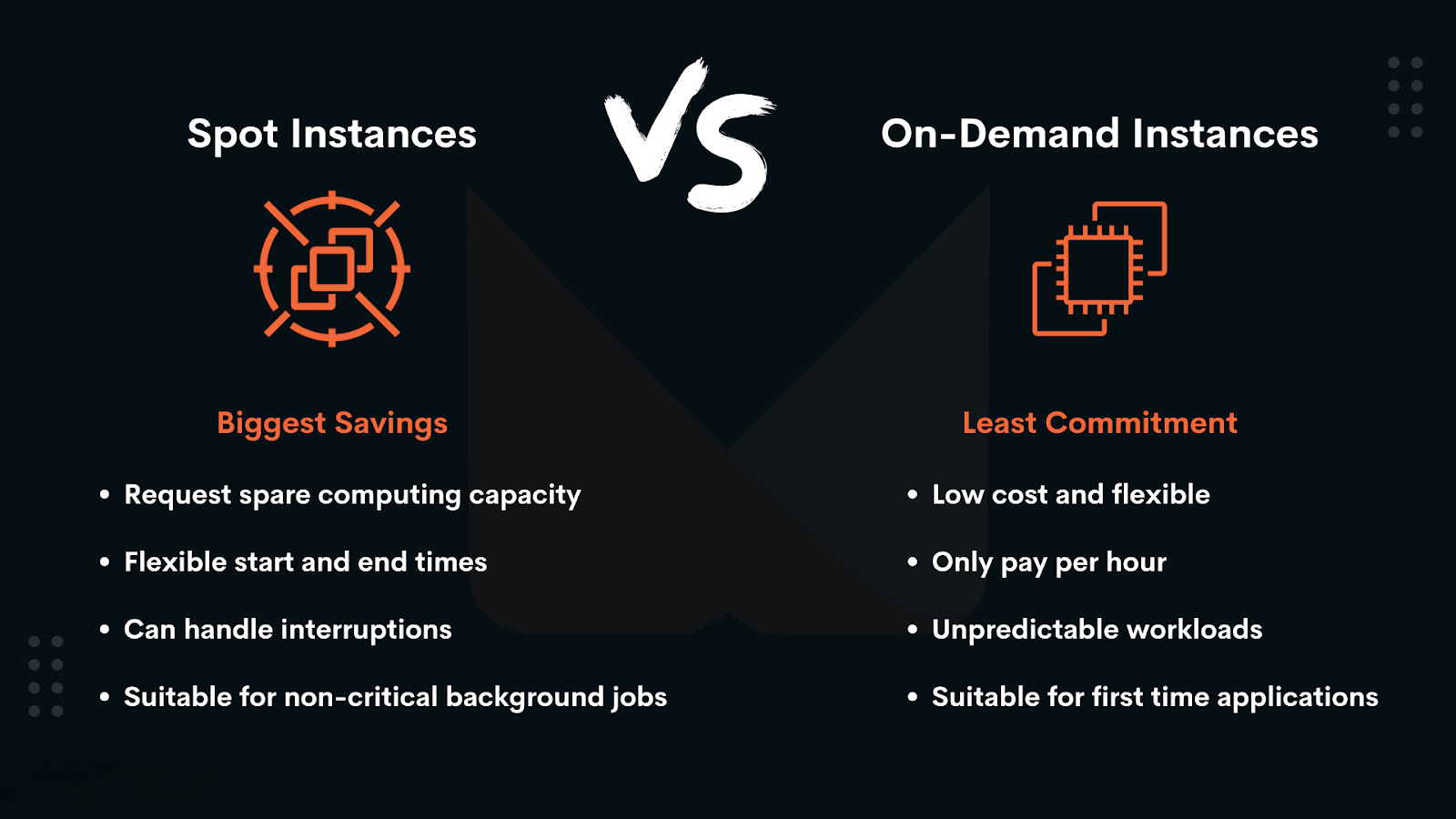
4. Monitoring Cost Savings after Implementing Optimizations
After implementing these optimizations, it is critical to keep a close eye on your cloud costs. Keep track of the cost savings from each recommendation, as well as the overall impact on your cloud infrastructure costs. Review your cost reports on a regular basis to identify potential areas for further optimization.
➕Additional Tips
Consider using third-party tools to analyse cloud costs and identify additional savings opportunities. Finally, share your cost optimisation findings and recommendations.
Follow this guide to take control of your cloud costs and guarantee that your organisation gets the most value from its cloud expenditures.
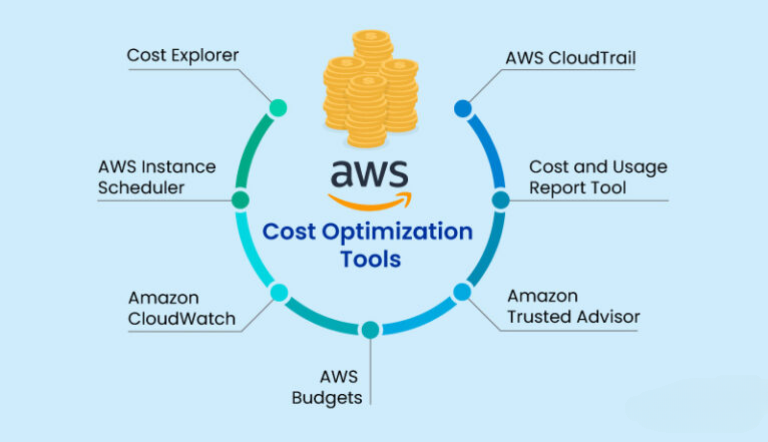
Subscribe to my newsletter
Read articles from AutOps directly inside your inbox. Subscribe to the newsletter, and don't miss out.
Written by
